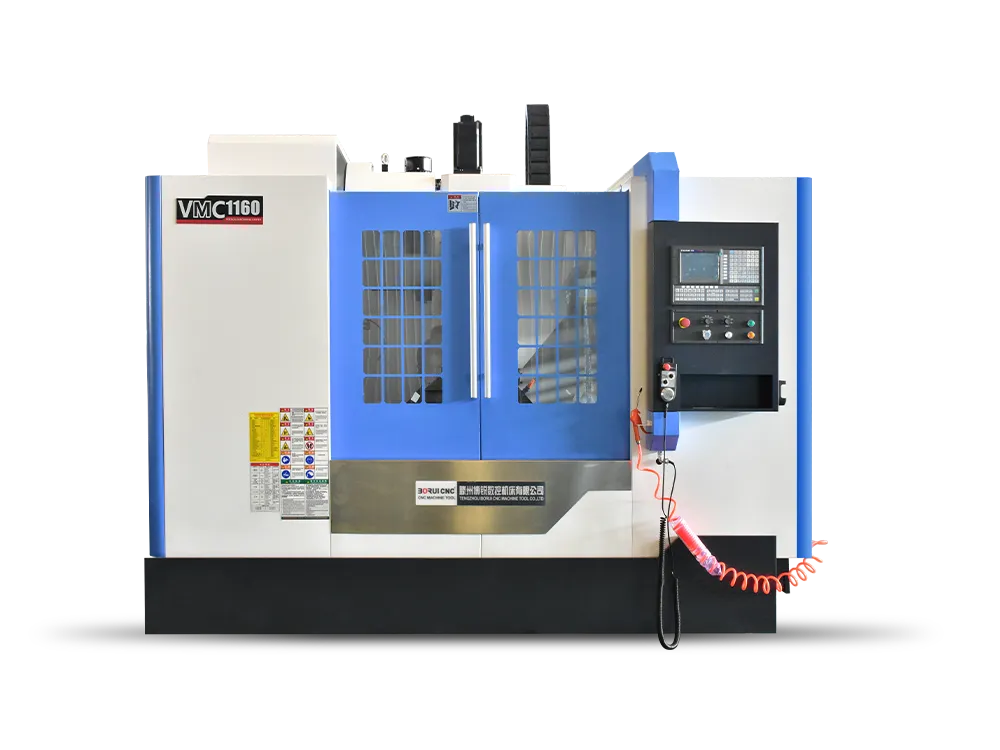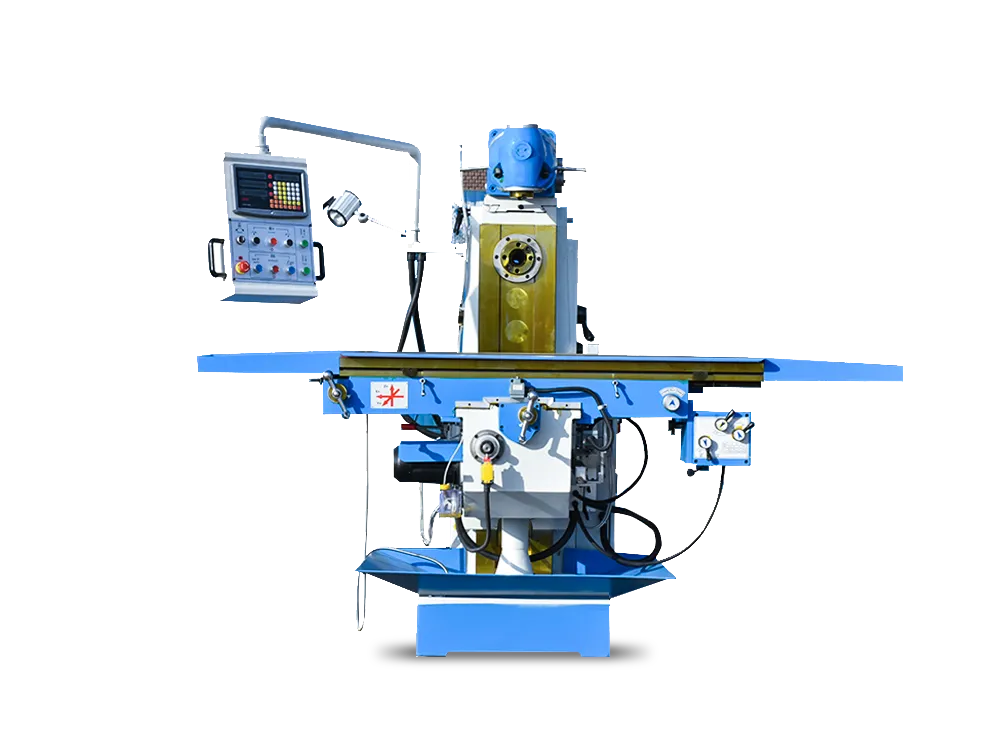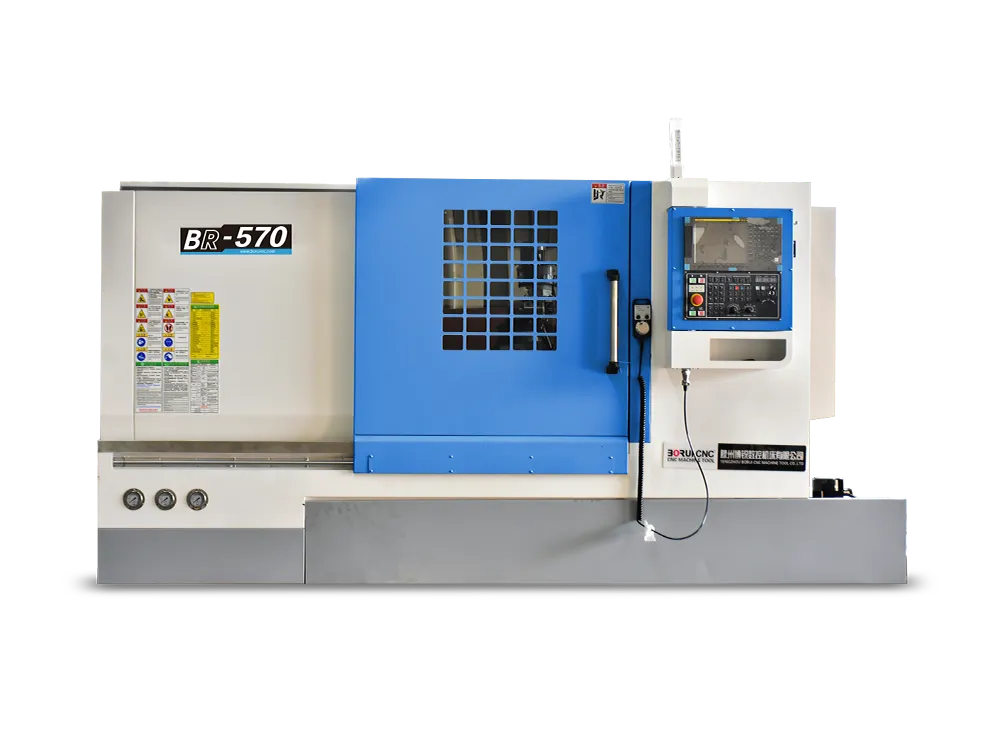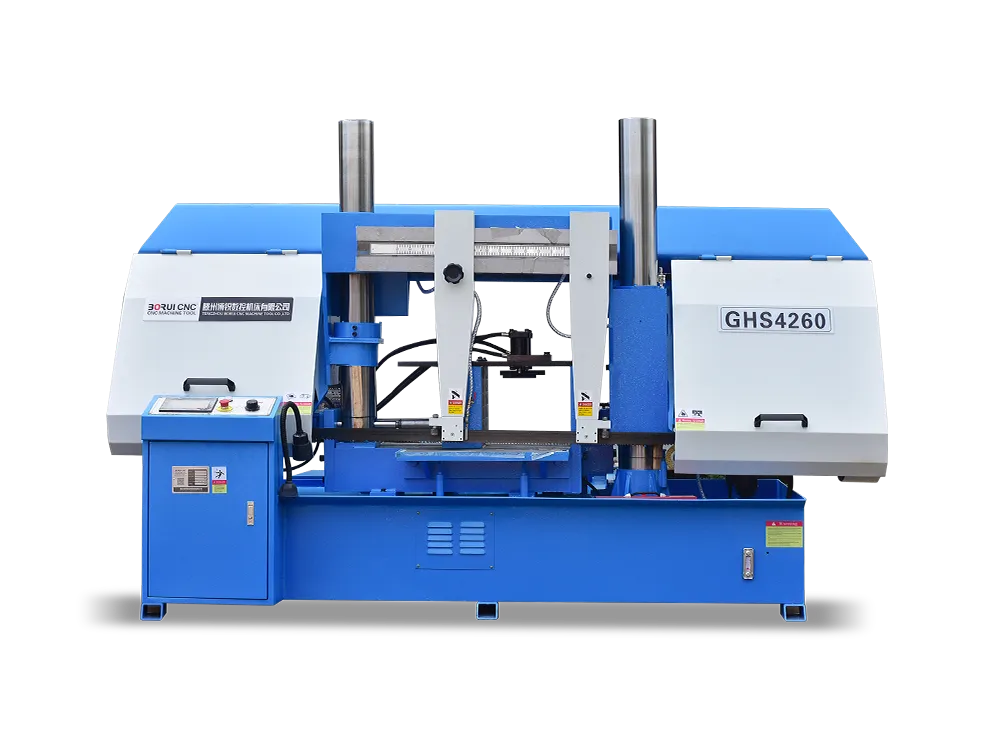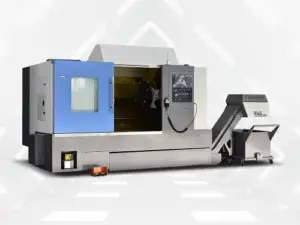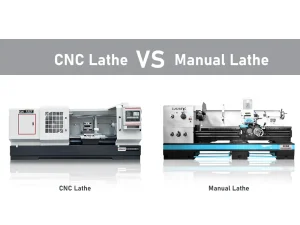
Have you seen unusual shapes and designs of several metals, plastics, and wood? I’m sure you have. But have you ever wondered how those shapes are created? It is all due to the lathe machines. However, lathe machines have two types: Токарные станки с ЧПУ и manual lathes.
Есть five types of CNC lathes. However, today we will focus on the distinction between CNC lathes and manual lathes.
If you are considering going into the milling business, it is crucial to distinguish between the two types.
Overview of CNC Lathe and Manual Lathe
As you know, the milling business is spreading worldwide. Manufacturers rely on a range of CNC machines to carry out this procedure. From those machines, CNC lathes and manual lathes are most used. Both perform the duty of shaping and designing different materials. So, what sets them apart is the versatility of their operations.
For example, the CNC lathe machine is more advanced and precise. Let me explain it in depth. CNCs are computerized control machines. They use specialized computer instruction for their operation. HOW? Actually, different desired designs are given to computers in the form of programmed instructions.
The computer decodes the instructions and guides CNC tools to work. Therefore, CNC machines stand out in their precision and accuracy. On the flip side, manual lathes use conventional methods for their operation. They use human instructions to perform milling procedures, which compromises their precision.
Critical Differences Between CNC Lathe and Manual Lathe
Did you get a basic idea of the operations of both machines? If yes, we should proceed to the next step, which is understanding their fundamental differences. As I said above, both vary in many ways, from their designs to operations. Let’s plunge into the insights and discover what distinguishes them.
1-Structures and Designs
The main difference lies in their structure and design. A manual lathe has four essential parts: a bed, headstock, tailstock, and carriage. The bed places the workpiece, and the headstock holds and moves it. The tailstock holds the milling tools, and the carriage moves them.
But remember, humans operate all those tools. They use technical pedals or wheels to run the cutting tools. In simple words, a manual lathe has had a straightforward and conventional design for many decades. The CNC lathe machine has a complex geometry and structure on the opposing end.
It has the same combination of those four parts: headstock, tailstock, carriage. If so, what is the difference? Actually, computers control them all. The holding and moving tools follow the computer’s instructions and make precise designs.
2- Processing Methods
I have explained their parts in the above section. So, understanding their processing would be very easy for you now. The processing method of a manual lathe is straightforward. For example, a workpiece is placed on the bed, and the headstock is adjusted to hold and move it. The cutting tools are attached to a carriage that moves and helps the cutting tools in design.
However, the carriage moves with the help of handwheels or foot pedals. That handweel is operated by an expert operator. It means that the complete processing of manual lathes is in the hands of humans. They control and adjust the alignment and speed of all tools. Therefore, their processing method takes time and effort.
In controversy, CNC lathes have modern processing methods. They contain the same tools as a manual lathe but are not human-controlled. Humans do not contribute to shaping or cutting the material. They provide a sample design to the computer.
The computer controls all other tasks. It instructs the carriage containing cutting tools to move at a controlled speed. Moreover, the computer leads the cutting tools to create specific shapes accurately. Therefore, it is not wrong to say that the processing method of a CNC lathe is like that of a robot.
3- Processing Accuracy
Processing accuracy is another factor that sets them apart. Honestly speaking, a manual lathe does not offer high accuracy. The reason is that humans operate them. The operator has to respotion the workpiece again and again. This repositioning affects the accuracy. Moreover, fewer experienced operators and fatigue also interrupt product accuracy.
Conversely, the CNC lathe is entirely controlled by a computer. This computerized system eliminates any chance of human error. It comes with an advanced sensor system. If any tool deviates from proper working, this system immediately alerts you. Therefore, the end product is more precise and accurate.
4- Installation Requirements
When selecting a lathe for your business, installation is a primary concern. CNC lathes require complex installation procedures comparatively. These machines have significant size due to the addition of their advanced components. Therefore, a wide area is needed for their installation.
Moreover, they use a properly computer-controlled system. Thus, a separate workstation is also required. Keep in mind that these CNC machines produce a massive amount of heat. Therefore, standard cooling systems need to be installed to avoid overheating.
On the reverse side, manual lathes are super easy to install. They do not use extra pieces of tools, so they are smaller in size and do not require much space. However, their conventional design is more prone to vibrations. So, it is vital to place them on a balanced platform. Lastly, it is mandatory to put both types of lathe in a ventilated place for efficient working.
5- Application Scenarios
Differences in the design and operation of both lathes make their usability different in several fields. A manual lathe with a straightforward design forms simple design products. For example, it is used to mend different broken parts of vessels and shafts. Moreover, its usability is standard among small workshops that create less precise designs.
Moreover, the manual lathe proves helpful for trainees in a milling company. Its easy-to-operate design makes it effortless to learn the basics of milling. Conversely, a CNC lathe is specific to creating complex designs and products. It is a robust machine, so it can easily handle milling of different materials.
As a result, CNC lathes are used to make complex items like refrigerators, boats, and aerospace parts. Additionally, they make many identical copies fast by switching pre-set instructions. The accuracy of CNC lathes makes them ideal for producing vital medical equipment.
6- Investment and Maintenance Costs
Both types of lathes vary in terms of their costs. If we debate manual lathe, it offers a low initial cost. It is because of their simple and traditional designs. It doesn’t use complex tools or computerized systems that raise maintenance costs. For example, its components can be easily maintained by using inexpensive lubricants.
Moreover, its easy structure does not require skilled staff, which reduces labor costs. All these factors make manual lathes cost-friendly. But remember, it is not helpful for complex operations. Therefore, any small mistake while handling expensive material can cost you more. On the contrary, CNC lathes are relatively costly.
Their complex design, advanced tools, and computerized systems contribute to cost enhancement. Moreover, malfunctioning in any component further increases its maintenance prices. However, the precision of the CNC lathe is top-notch. It gives customer satisfaction and increases sales. All of this compensates for their overall cost.
CNC or Manual Lathe: Which Should You Consider?
I would say the selection of these lathes depends on the nature of your business or project. For instance, a CNC lathe is the best choice for machining complex designs. But these are super exensive, which is a drawback. Conversely, a manual lathe is the go-to choice if your project requires simple designs.
However, knowing both sides of the picture is crucial before making any decision. Let me simplify: Both CNC and manual lathes have advantages and shortcomings. For example, a CNC lathe is expensive and will not suit you if you have a tight budget. Moreover, its maintenance cost adds salt to the wound.
What really stands out to me is its precision and accuracy. As I said, it is fully computerized, so you won’t see human efforts affecting the precision. It increases your brand’s reputation and enhances overall sale prices. All these factors make my recommendation biased toward the CNC lathe.
A manual lathe is an inexpensive option. You should use it without hesitation if you start milling on a small scale. But remember, it does not offer precision in products. Therefore, products may be compromised in terms of durability. Yet, proper inspection and maintenance can improve the precision level.
Часто задаваемые вопросы
How long does a CNC lathe last?
The lifespan of a CNC lathe mainly depends on its maintenance. However, an ideal CNC lathe lasts 15-20 years. However, by proper care, you can prolong their life.
Why is a CNC lathe better than a manual lathe?
A CNC lathe is better than a manual in many ways. It has exemplary performance due to computer-controlled systems. Moreover, it is fast and can machine all types of materials.
What is the monthly maintenance of a CNC lathe?
Monthly maintenance of the CNC lathe includes:
- Checking the component’s performance.
- Replacing faulty parts.
- Addition of lubricants
- Insertion of coolant agents.
Заключение
CNC and manual lathes are both used in the milling procedure. Both vary in different aspects. For example, a CNC lathe is an advanced gadget that produces precise products. It uses computer system instruction and shapes various types of material efficiently. However, it is expensive due to its challenging geometry.
Manual lathes use conventional methods for their operations. It has a straightforward design and easy-to-maintain structure. Humans operate it, and it does not require substantial skills. Moreover, it is a cost-friendly option due to its simplicity. Remember, its products have low accuracy levels, which is a drawback.

